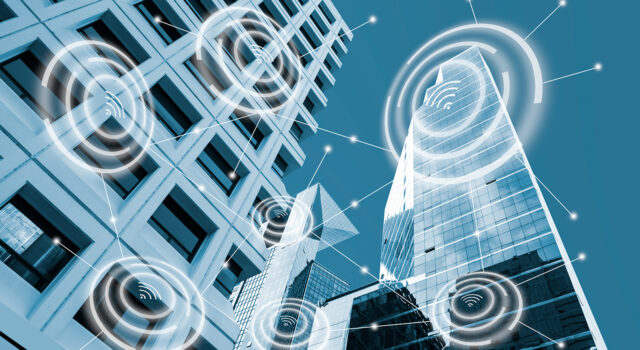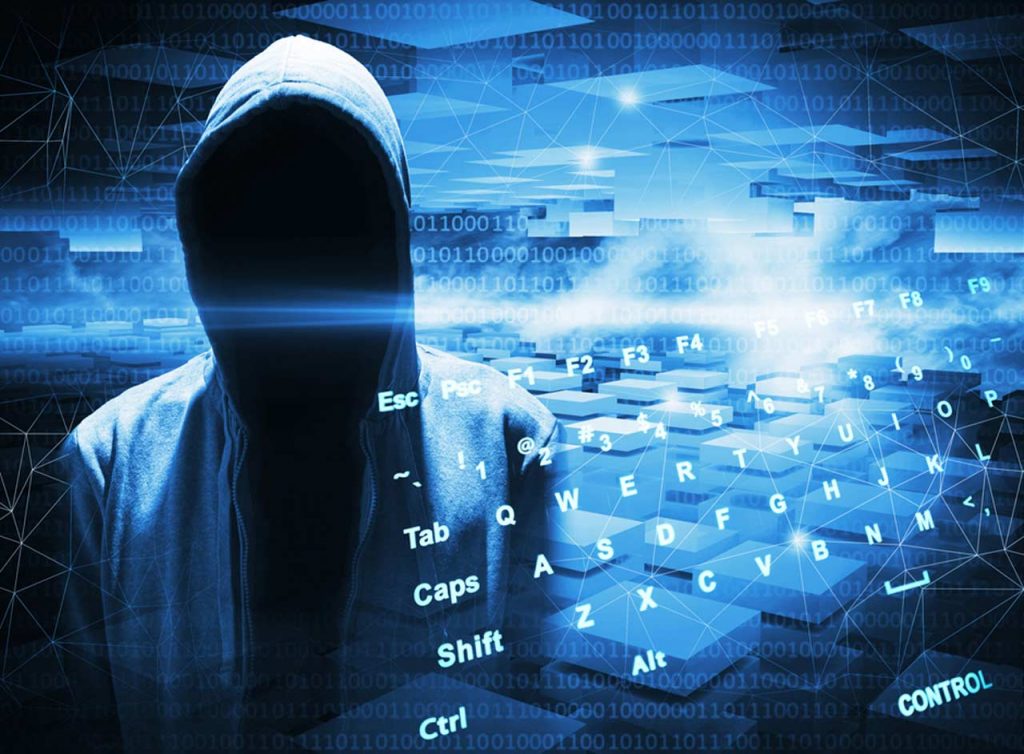
Today, every successful company has a duty to apply the safest possible approach to business, using smart buildings technology. This creates a number of advantages that upgrade all types of organizations. And that affects their internal and external structure equally. Either way, it’s very easy to move from security to panic. The spread of technology also has its downsides, and these are certainly some technical challenges. They are trying in every way to find the weak points of smart buildings technology, which requires additional work on the security approach.
In order to devise the best possible strategies and raise security to a higher level, it is necessary to apply smart solutions that are implemented on the vulnerabilities of smart buildings. In this way, the risk of problems will be reduced and essential guidelines will be provided that meet the challenges. Read below what challenges this technology faces while at the same time striving to achieve efficiency, sustainability and business security.
Smart buildings are the homes of the future, yet we desperately need to do more to protect against related cybersecurity threats.
Discover the major challenges facing this exciting technology, from the threat of hackers to the education and responsibilities of the modern workforce.
Find out more about the importance of cybersecurity improvements on business and the cost of hacks vs. security training.
Only once security practices have improved will the world truly embrace smart building technology.
This article is a must-read for anyone seeking to take advantage of this new technology for personal or business use.
1. Hacker attacks

As we know, smart buildings can be very simple or extremely complicated. Depending on how much was invested during their creation. If you want to know all the features a smart building can have, visit here. Of course, in addition to money, knowledge and time are equally needed. We are aware that there is no magic that would do something like this, but it is a matter of implementing a detailed plan on many elements of the building. So, planning options are different and the more effort a company puts into designing, the better the target of hacker intrusions. Keep in mind that all software ecosystems really cost a lot, because they have serious functions based on which they form smart buildings.
Either way, hackers can use this facility for ransom or something like that. There is a situation in which these people attacked the hospital and blocked its access to the system. This is one of the worst examples of hacker attacks because buildings and institutions are vulnerable to hackers. The outcome is not naive at all because the denial of medical services could have caused dire consequences. Hackers blocked their patient records, laboratory results and all other important data. Things like this are tantamount to natural disasters that can befall an organization.
2. Cybersecurity guards
A practice that would welcome all smart buildings is just this. This applies to all applications that can be used for these purposes and thus support the system. Of course, it is also necessary to hire exceptional suppliers and technicians who can cope with this practice. Either way, the guards would continuously monitor the network to be able to identify any unusual activity you notice. In this way, it is possible to take preventive measures in case of hacking or data theft. This plan also includes regular software updates for all parts of the building. It is understood that an important part of this is antivirus as well as firewall protection.
It is certainly necessary to restrict access. In that case, each employee or visitor would have to go through a check, after which his access would be confirmed. When we talk about authorization levels, it is important to limit the number of devices that are part of the central system and its functions. This reduces the risk of attacks.
3. Costs

As technology evolves day by day, organizations always have the opportunity to thrive and improve. Especially when it comes to this technology, because a security approach can always be worked on.
However, quality assurance costs a lot, and when the buildings are not so secured, costs will be even higher. So, hacker intrusions can cost you a lot because they are responsible for disrupting the trade that you, as a landlord, will make up for. This also damages the reputation of the company or its brand. Imagine how bad this would be for a company that is currently based on technology and stolen data.
Once customers lose trust, it is very difficult to get back to where you left off, and that can mean a long-term loss.
4. Division of roles
In order for companies to always be one step ahead of attempted hacker intrusions and data loss, clear instructions need to be shared. This applies to all employees, their work positions, and functions for which only they are in charge. In this way, each of them will individually have responsibility for the safety of different technologies in the building. Before that, it is necessary to provide quality education on cybersecurity in order to raise standards.
5. Return on investment

Many people in high positions are guided through work by feelings and assumptions. This means there will always be those interested and less interested in projecting, innovating, and upgrading cybersecurity. It is true that many of these ones can actually see the whole situation as an unnecessary investment and a complicated job. So, they see more negative than positive things and the only thing left for the interested actors is to conduct the analysis well. Every business decision should be based on that, and in this way, reliable results are obtained.
Only in this way can you be sure of the accuracy and objectivity of the information that is necessary for your business facility. Keep in mind that this can sometimes be a difficult matter because there will always be a lot of arguments from all sides. People need time to accept that this investment always pays off. However, they can always check case studies, research examples, and a large amount of other data that meet the high demands of companies and their security.
6. Education
What do you think is the secret of serious hacker intrusions into the system? We would say that it is certainly the development of technology, a higher level of knowledge and responsibility. So what does a company need to protect the smart building from this? Just all this! So the key is in education and responsibility. And that is exactly the challenge that large organizations face every day. Regardless of the financial possibilities, the way of thinking and the desire for the success of this smart project, that is still not enough. You need to have qualified professionals who will know how to manage them. If you have enough financial resources, use them for the best purposes, and that is formal training and mastering of smart building technologies.
Conclusion:
So, we are witnessing the wide application of this technology and its huge success. This refers to equal company and customer satisfaction, excellent preventive measures, energy cost savings, excellent monitoring, reduced operating costs, and increased overall safety. Each business segment has evolved into one set. And that is why it is necessary to constantly find a way to cope with the challenges faced by cybersecurity.









